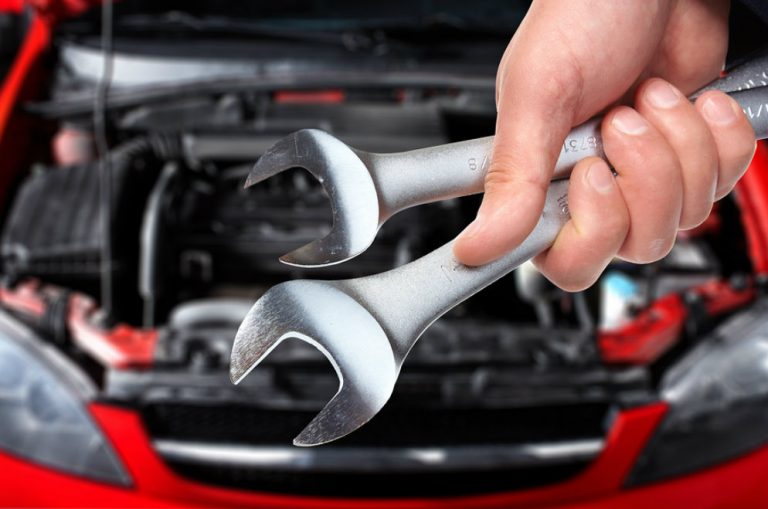Accidents happen on the roads daily and if you are a motorist out there in the traffic, you are at risk of becoming a statistic. Often, the damage appears minor, if it was a bumper bashing, for example, but how can you be sure?
Richard Green, National Director of SAMBRA (the South African Motor Body Repairers’ Association), a proud association of the Retail Motor Industry Organisation (RMI), says it is best to view any damage to your car in a serious light and make an effort to understand what the damage actually is.
Green explains a vehicle damaged in an accident can incur cosmetic, non-structural, structural or hidden structural damage – or a combination of the four.
“Damage to a vehicle is classified into multiple categories, based on the repair required,” he explains. “It is important to know the difference between the types of damage and how they can affect the operation of your vehicle.”
It is, therefore, good for motorists to know what to look out for to ensure they have peace of mind the vehicle is safe to drive and functioning properly.
What are non-structural repairs?
These are outer body panel repairs that in no way affect or involve the structural integrity of the vehicle. They are generally bolt-on, bolt-off panels fixed to the vehicle structure. Non-structural repairers restore or replace damaged exterior panels to their original appearance, integrity and function.
What are structural repairs?
Your vehicle’s manufacturer designed your vehicle to meet exceptional standards of safety, durability, performance and design. All of this is based on its structural foundation. Structural repairs are technically complex repairs, such as cutting, welding and chassis straightening. A car’s chassis is like a skeleton. Structural damage to the chassis can be as severe to a car as a broken bone to a person’s body. In a serious collision that damages your vehicle’s structure, like the chassis. These repairs should only be repaired by an accredited structural repairer.
Cosmetic damage to a vehicle is damage that, in most cases, doesn’t impede the vehicle’s operational performance. Some examples of cosmetic damage include a chips or scratches to paintwork, a chipped windscreen or a scratched or dented bumper.
“While the damage is visible and impacts the way the car looks, it will not impact the way the car drives. Generally, cosmetic damage is easier and less expensive to fix than more extensive damage, although it ultimately depends on the type of vehicle you drive and the work needed to repair it,” Green says.
He points out that while most cosmetic damage does not need to be fixed immediately, the one exception is a cracked windscreen as this can impair your vision while driving and lead to an accident.
‘With regard to hidden damage, an inspection will be required by a qualified and experienced motor body repairer,” Green says. “Hidden damage can affect the underlying structure, suspension, mechanical or electrical systems of your vehicle. For this reason, to simply taking photos of external damage will not allow for accurate damage appraisal and could result in an inaccurate repair cost estimate. You will need an experienced eye and some stripping to do a proper repair cost evaluation.”
In conclusion, Green says if are involved in a vehicle accident and are unsure of the damage to your car, rather be safe than sorry and get a professional evaluation done, even if you believe there is only cosmetic damage.
“This is extremely important as the proper functioning of your car is your peace of mind. Accident damage can be deceiving to the untrained eye, which is why SAMBRA recommends you visit an accredited workshop as soon as possible after the accident.”



